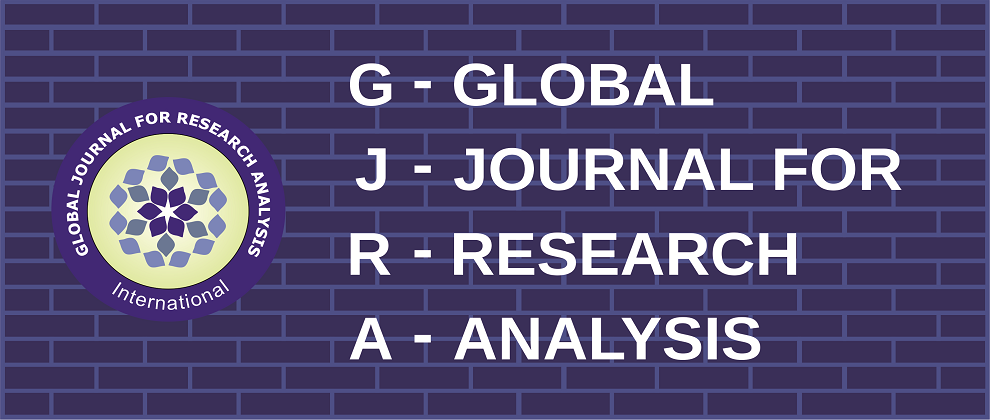Volume : 5, Issue : 4, April - 2016
Detection of bisphenol-A in dental materials by High Pressure Liquid Chromatography ĖElectrochemical Detector
Shockry M. Mustafa, Ismail Masri
Abstract :
<p><p>&lt;p&gt;&amp;nbsp;The xenoestrogenic substance bisphenol-A (BPA) is an important chemical building block that is used primarily to make polycarbonate plastic and epoxy resins, both of which are used in a wide variety of applications for example, eyeglass lenses, digital media, (electronic and electrical equipment housings), food,and dental materials. Increasing the risk of human exposure to BPA, mainly through food and dental materials (sealants or composites) results in endocrine disrupting chemicals (EDCs) . Exposure to BPA and its potential effect on human health are receiving increase attention , as studies on laboratory animals have shown that BPA can cause genetic damage .BPA stimulates cell proliferation and induce expression of estrogen &amp;ndash;responsive gene in vitro. BPA was detachable from diglycidyl methacrylate, which is frequently utilized as the chief dimethacrylate monomer un polymerized materials utilized as a part of this study were polluted with BPA . Quantitative examination utilizing bisphenol &amp;ndash;F as internal standard .BPA substance in business dental materials going from &amp;lt; 1 microgram/g material to around 20 micrograms/g material. The polymerized dental materials discharged up to 100 ng /g material into phosphate saline 24-h hatching. These outcomes show that BPA can be discharged from dental materials.&lt;/p&gt;</p></p>
Keywords :
Article:
Download PDF Journal DOI : 10.15373/2249555XCite This Article:
Shockry M. Mustafa, Ismail Masri Detection of bisphenol-A in dental materials by High Pressure Liquid Chromatography √ɬĘ√Ę‚¬¨√Ę‚‚¨ŇďElectrochemical Detector Global Journal For Research Analysis, Vol.5, Issue : 4 APRIL 2016


 MENU
MENU

 MENU
MENU

